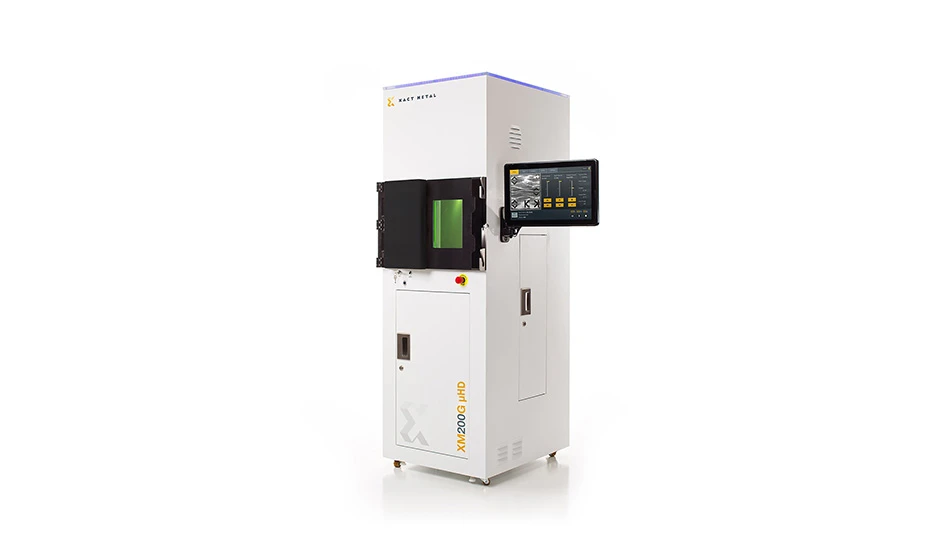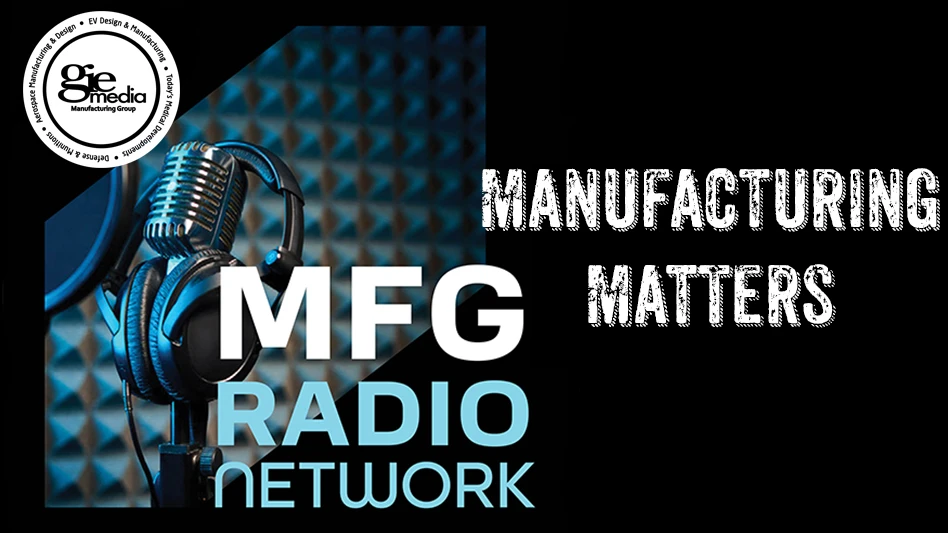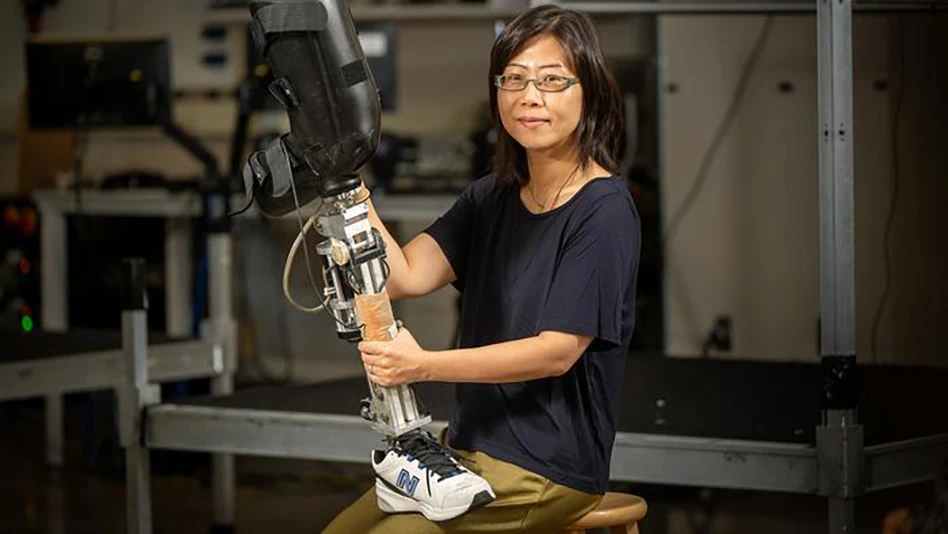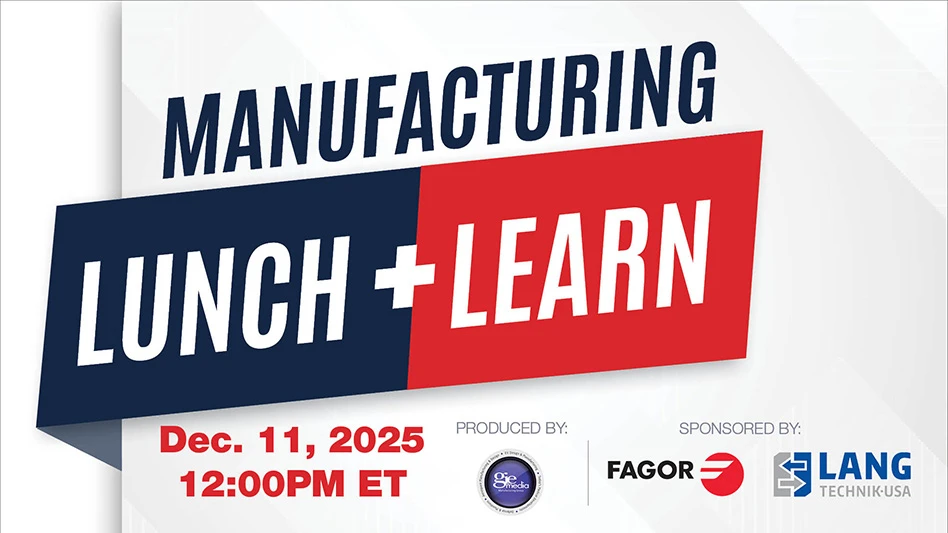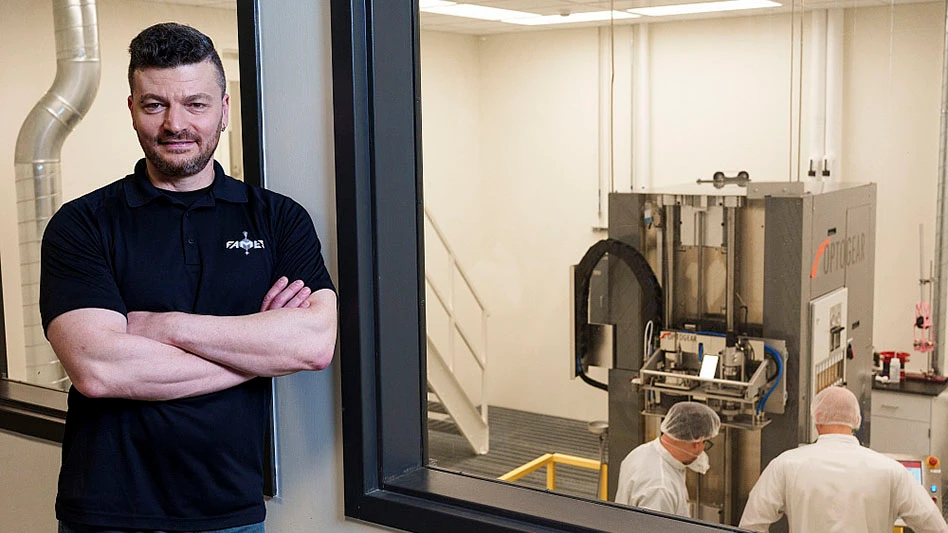 ‘Micronail Intramedullary Fixation Implant is a less invasive, less painful way to repair this common fracture.
‘Micronail Intramedullary Fixation Implant is a less invasive, less painful way to repair this common fracture.
Wright Medical Technology, Inc. is a global orthopedic medical device company specializing in the design, manufacture, and marketing of reconstructive joint devices and biologics. Wright’s product offerings include large joint implants for the hip and knee; extremity implants for the hand, elbow, shoulder, foot, and ankle; and both synthetic and tissue-based bone-graft substitute materials.
With a commitment to evolving medical breakthroughs in the field of orthopedics, Wright management saw an opportunity to think bigger and push the envelope of innovation, quality, and compliance by investing in product lifecycle management (PLM) technology – NX software and Teamcenter platform – from Siemens PLM Software. Wright uses Siemens’ solutions for product development, data and medical records management, collaboration, compliance, traceability, and reporting, including using the software to meet FDA regulatory requirements.
An example of Wright applying PLM for innovation purposes is through its use of NX. “The distal radius is the forearm bone on the thumb side, and is the most commonly fractured bone,” says Penny Rasmussen, marketing manager for the Micronail project.
“Wright had a goal to make a less invasive, less painful way to repair this common fracture – that solution was the Micronail Intramedullary Fixation Implant. NX helped Wright bring that product to the market in record time.”
Visualization, Collaboration
According to Chad Schwartz, lead design engineer for the Micronail project, “The assembly package for NX enables Wright to use the implant to design instruments for ease of development and change. As far as different sizes for implants, or something the doctor wants changed, it is easy to do because everything updates succinctly,” he notes. “NX is the most powerful design software I have ever used. The solid models, the assemblies, all of the things that come together in the modeling aspect produce better results. You can see things fit together in a way that you cannot do with other software. You see your finished product before it is actually a finished product.”
Teamcenter extends the company’s ability to flourish. “Teamcenter allows Wright to be more competitive in the marketplace by allowing manufacturing, engineering, quality, and marketing all to work in parallel with one another,” Schwartz says. “That means saving time, getting our product on the market in a faster manner, and beating the competition more often than not. Teamcenter is probably the best thing that has happened to Wright, as far as bringing everything together and making it all one. The time savings alone are worth it. Instead of having to go and find the right design data file in the file cabinet, you have everything right there at your fingertips.”
While data re-use is important, collaboration is critical. Schwartz points out, “Before Teamcenter, we had to send the doctor a rapid prototype model. The doctor would send it back to us with markings and tell us how to change it. The doctor can look at our model as we rotate it or at an animation that we set up in Teamcenter. We get quicker response. Instead of maybe a three-day turnaround, we have it down to a couple of hours.”
“In addition,” he notes, “our distributors throughout the country can log on and look at what we are designing right then. Show a doctor what is coming and they can decide right then whether or not they would like to use it.”
As new products are developed and manufactured, Wright has expanded the use of Teamcenter to manage all types of engineering specifications in a single platform. This includes gradually achieving the company’s objective of an electronic Device Medical Record (DMR).
Compliance
Complying with FDA regulations represents another important area where an advantage gained can be significant in terms of turnaround, especially as regulations are prone to change often in the medical industry. In fact, Wright has dramatically enhanced the availability of compliance data and reduced the time it takes to access that data. Previously, a process that was paperwork intensive – sometimes taking days, weeks, or even months – device history is now immediately available. Using Teamcenter, Wright can access the information with a few clicks.
Performance
Wright moved to a product-centric system not just for reasons of innovation, speed, and compliance on the front end of the process, but because products need to last the lifecycle of their patients, which can be decades.
The company’s approach to orthopedic medical device delivery – strategically, operationally, and technologically – is proving to be quite effective. Moreover, Wright’s financial performance is strong. Rasmussen notes, “We are growing. We are increasing our market share every year. It has a lot to do with the systems that we run, Teamcenter being the main one.”
Siemens PLM Software
Plano, TX
siemens.com/plm

Explore the July 2010 Issue
Check out more from this issue and find your next story to read.
Latest from Today's Medical Developments
- GrindingHub Americas launches in 2027 in Cincinnati, Ohio
- Methods Machine Tools now offers the Nakamura-Tome NT-Flex
- Battelle awards $900,000 in STEM education grants to Ohio schools
- #55 Lunch + Learn Podcast with KINEXON
- Starrett and Gerstner offer limited edition, American made 1950s replica wooden machinist tool chests
- EMCO’s UNIVERSALTURN 50: The new benchmark in universal turning
- Archetype's Expertise for Equity accelerates early-stage innovation
- Stratasys expands its AM solutions with Tritone's cutting-edge technology
